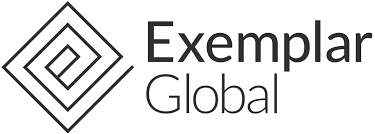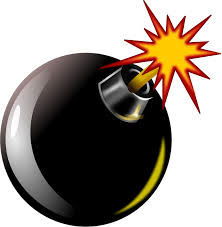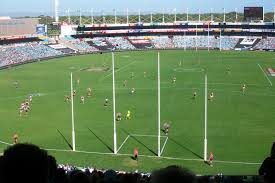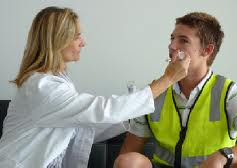
What is an OHS management Plan and what should it include?
An OHS management Plan is a combination of commitments from company management in the form of policies, organisation arrangement, assigning of responsibilities to internal company management and specific details and methods in the form of procedures and administrative documentation on how these commitments will be realised.
A typical contents page from an OHS Safety Management Plan can be seen below:
· Document Control
· Organisational Structure
· Project Details and Introduction
· Sub-Contractor Management
· Company Policies
Health & Safety Policy
Environmental Policy
Industrial Relations Policy
Harassment Policy
Anti-Discrimination Policy
Rehabilitation Policy
Alcohol & Drugs Policy
· Roles & Responsibilities
Managing Director
Works Supervisor
· Risk Management
Risk Rating
Safe Work Method Statements
Hazard Reporting
· Safe Work Procedures
Company Induction
Incident & Accident
First Aid
Emergency Procedure
Hazardous Substances
Electrical Equipment
Manual Handling
Permits to Work
Personal Protective Equipment
Environmental Impacts
Worker Health Issues
Pre-Existing Medical Conditions
Young Workers
· OHS Training
Training & Toolbox Talks
Employee Consultation
Health and Safety Representatives
· Performance Monitoring
Statistics
Performance Evaluation
· Corrective & Preventive Actions
Corrective action
Preventive Action
· Forms & Registers
SWMS01 Template
FOR-01 Worksite Accident/Incident Report Form
REG-01 Incident/Accident Register of Injuries
REG-02 Chemicals Register
REG-03 Plant Register
REG-04 Electrical Test & Tag Register
REG-05 PPE Register
FOR-02 Toolbox Talk
An effectively implemented OHS management Plan will:
· Identify and minimize hazards associated with your organisation’s business
· Reducing incidents, accidents and injuries in the workplace
· Reducing risks of legal action for worker’s compensation and liability claims
· Providing due diligence evidence should an incident or accident occur
· Boost Staff Morale
· Allow staff to concentrate on basic business activities
· Improve performance and productivity
We hope you found this blog enlightening. If so, please don’t be afraid to comment below. Thanks for reading.
Posted By: Cathal Uniacke – cathal@custodiansafety.com.au










